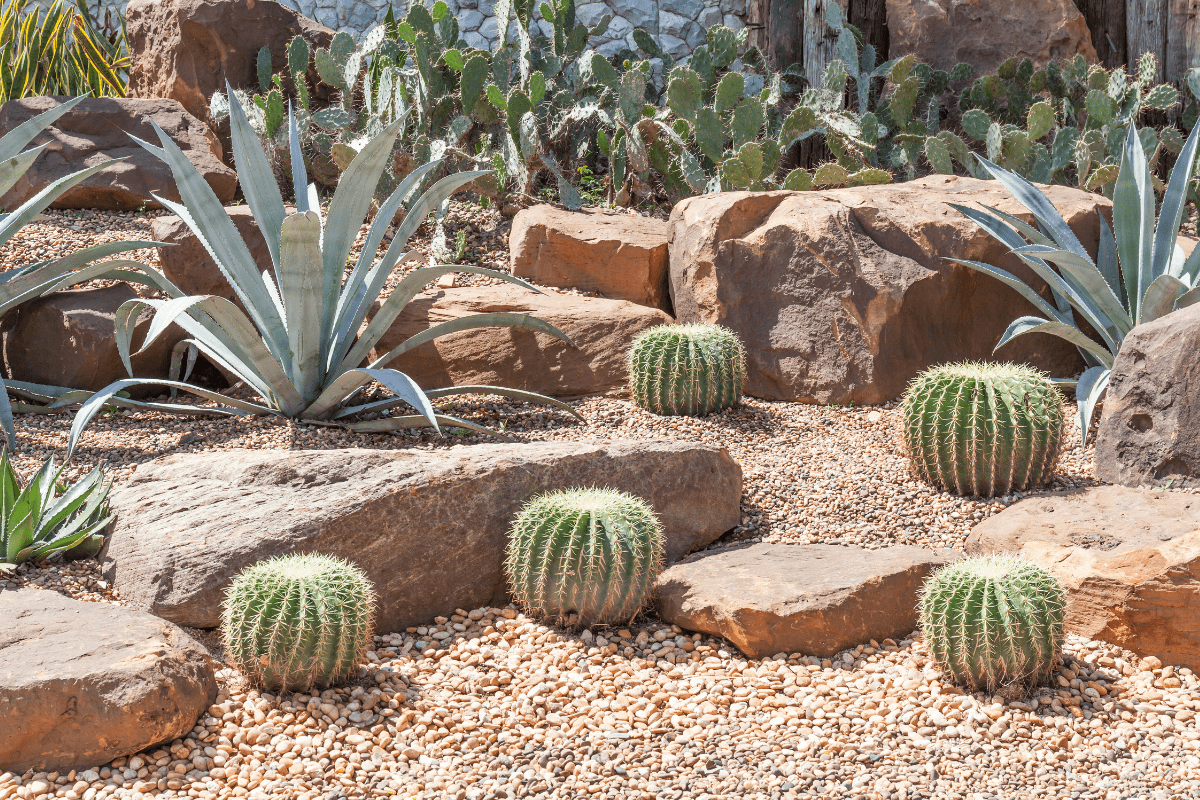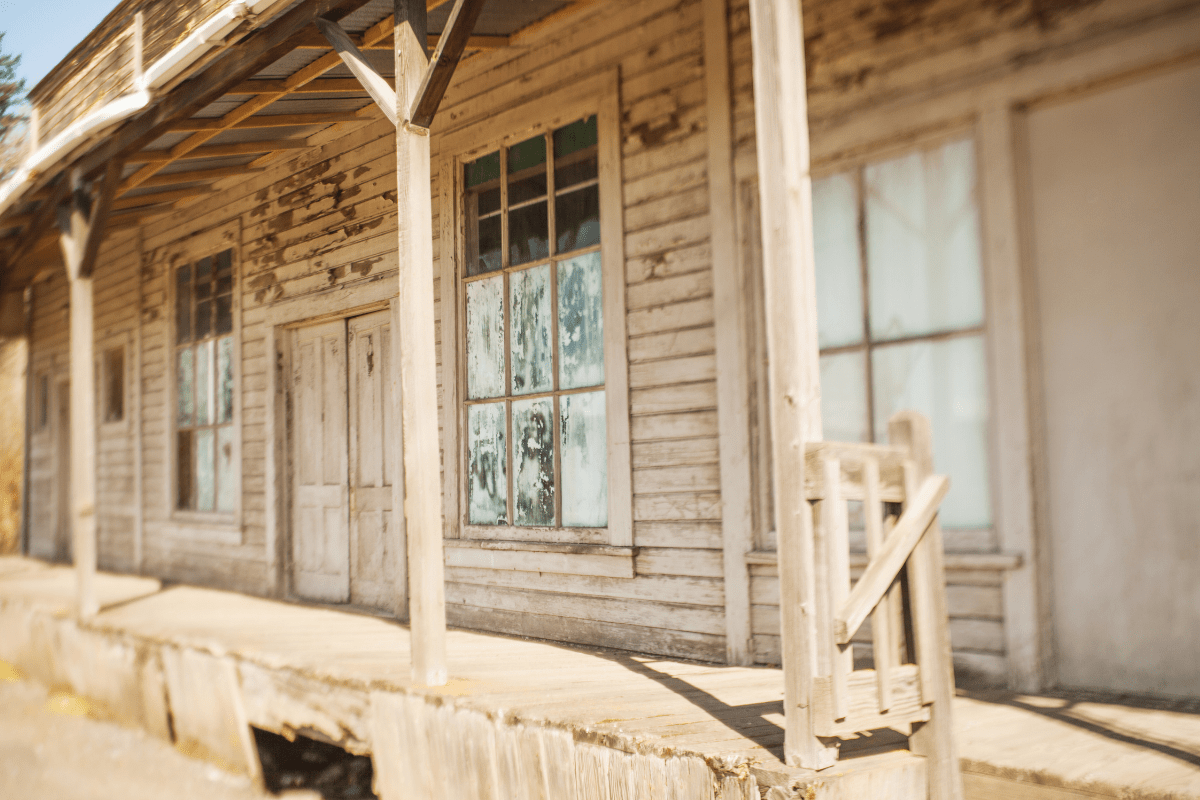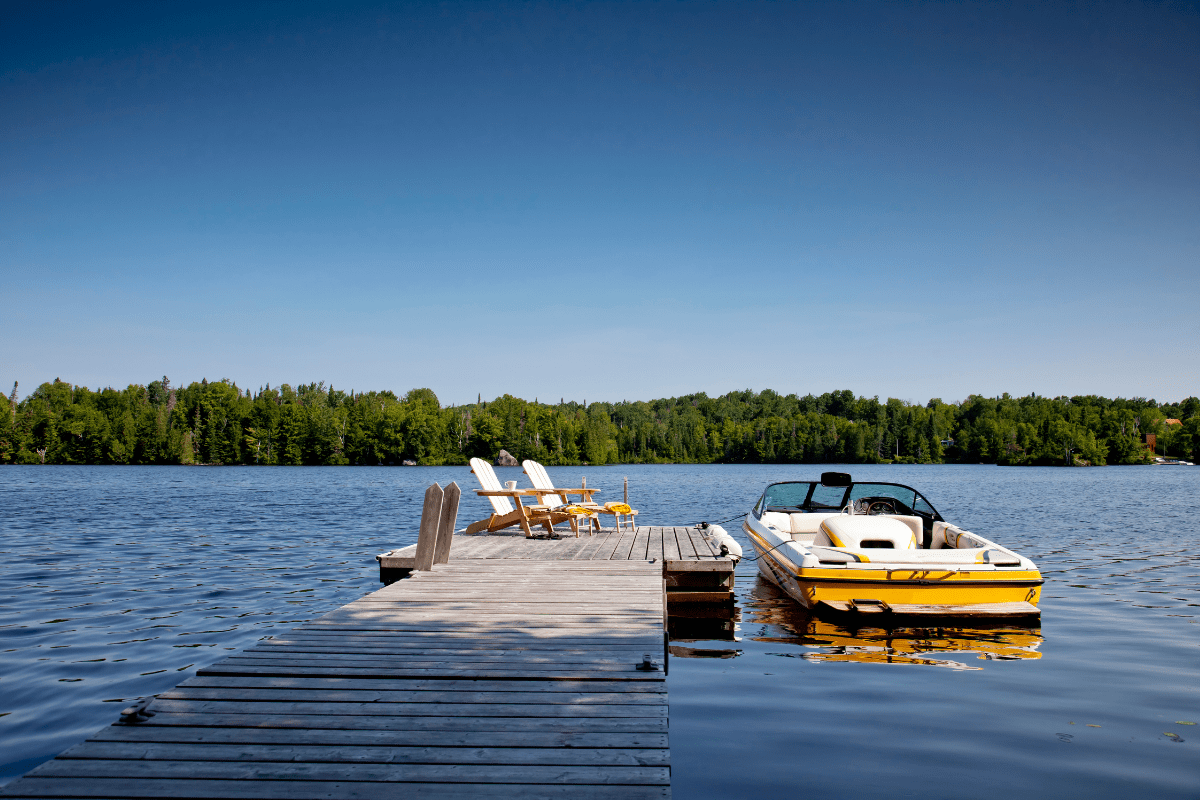Arizona's family appeal just got serious validation. Scottsdale recently claimed the #1 spot nationally for raising kids, beating out 148 other major cities in a comprehensive 2024 study. With 300+ days of sunshine, a booming job market, and communities ranging from desert suburbs to mountain towns, the Grand Canyon State offers surprisingly diverse options for families seeking their perfect home base.
The top 5 Arizona cities where families actually thrive
After diving deep into school ratings, crime statistics, and whether you'll need to sell a kidney to afford a house, five cities consistently rise above the rest. Each offers its own flavor of family life, from Gilbert's Goldilocks balance to Scottsdale's champagne wishes approach.
Gilbert takes the crown for having it all
Gilbert manages something remarkable: the state's highest median income at $122,445 while keeping home prices relatively sane at $561,959. That's actually down 8.8% from last year, making this suburb southeast of Phoenix increasingly attractive to families who want excellent schools without the Scottsdale price tags.
Safety-wise, Gilbert ranks third statewide with just 1.5 incidents per 1,000 residents… impressive for a city of nearly 290,000 people. The schools earned an A rating from Niche.com, and 44.4% of households have children, so your kids won't be the only ones on the block. Plus, Gilbert recovered to above pre-2019 academic achievement levels, something many districts are still struggling to accomplish.
Chandler unified school district puts education first
If schools top your priority list, Chandler deserves serious attention. The Chandler Unified School District claimed the #1 ranking statewide for 2025, serving 42,832 students across 44 schools. BASIS Chandler even ranks third nationally for STEM education, which explains all those Intel engineers moving to the area.
The median household income sits at $105,393, comfortably above the state average. While 375 violent crimes in 2024 sounds alarming, that's actually decent for a city this size. Chandler also spoils families with 60+ parks, including Playtopia at Tumbleweed Park, basically Disneyland for the playground set.
Oro Valley wins the safety game hands down
Want to sleep soundly knowing your neighborhood is safer than Fort Knox? Oro Valley near Tucson recorded just 0.55 violent crimes per 1,000 residents, earning the top safety spot in Arizona. This pristine community sits 5-10 degrees cooler than Phoenix, offering relief from the desert inferno.
The town's Aquatic Center features competition-level facilities with slides and splash pads that'll exhaust even the most energetic kids. Yes, the median age skews higher thanks to retirees, but the excellent schools and family amenities make it worth considering if safety trumps everything else on your list.
Scottsdale brings luxury family living
Scottsdale doesn't do anything halfway, including family life. This Old House ranked it #1 nationally for families, and WalletHub crowned it the best city for jobs in 2025. Of course, excellence comes with a price tag: median home prices hit $782,937, with average sales reaching $1,135,000.
The median household income of $106,058 helps, but you'll need two solid incomes to live comfortably here. Good news though… violent crime dropped 12% from 2023 to 2024, and the schools consistently earn top marks. If you can swing the mortgage, your kids will grow up with every advantage imaginable.
Queen Creek grows faster than desert weeds
Queen Creek exploded 168% since 2010, and nearly half (46.7%) of households have children… the highest percentage statewide. Crime rates sit 61% lower than the national average, making this one of Arizona's safest communities.
Families here enjoy a median income of $120,784 and brand-new amenities like the 85-acre Frontier Family Park with 24 pickleball courts. Yes, home prices average $623,649, but you're buying into a community still writing its story. Just prepare for some growing pains as infrastructure catches up with the population boom.
School districts that actually deliver results
Arizona ranks 47th nationally for education, making school district selection absolutely critical. Fortunately, several districts punch well above the state's weight class.
The top five districts showcase what's possible when communities prioritize education:
- Chandler Unified (#1 statewide)
- Vail Unified (4 National Blue Ribbon Awards)
- Scottsdale Unified (A rating, strong arts)
- Paradise Valley Unified (includes BASIS Peoria)
- Gilbert Public Schools (exceeded 2019 levels)
BASIS schools dominate STEM rankings, with multiple campuses in the national top 10. Chandler High School offers coveted International Baccalaureate programs, while Scottsdale Unified excels in arts and extracurriculars. The surprise standout? Vail Unified near Tucson, serving just 14,533 students but earning four National Blue Ribbon School Awards.
Paradise Valley Unified deserves special mention for housing BASIS Peoria, ranked the #1 high school nationally by U.S. News in 2024. These districts prove Arizona families don't have to settle for mediocre education… you just need to choose your ZIP code wisely.
Crime statistics reveal which communities keep families safest
Let's address the elephant in the room: Arizona ranks 16th nationally for violent crime. This makes city selection particularly important for families prioritizing safety.
The data paints a clear picture of where families can feel most secure. Oro Valley leads with its microscopic crime rate, followed by Queen Creek and Gilbert. Even larger cities show improvement, with Mesa achieving a 100% homicide clearance rate (solving all 14 cases) despite higher overall crime numbers.
Cities ranked by total safety:
- Oro Valley (0.55 violent crimes per 1,000)
- Queen Creek (2.7 incidents per 1,000)
- Gilbert (1.5 incidents per 1,000)
- Sahuarita (emerging safe haven)
- Marana (consistent low crime)
Tempe ranks disappointingly at #25 for safety, largely due to Arizona State University's influence. The combination of college parties and 36.13 property crimes per 1,000 residents makes it less ideal for families despite other attractions. Context matters though… even "dangerous" Arizona cities often have safe neighborhoods, so research specific areas within your chosen community.
Housing costs and the eternal budget juggle
Brace yourself for sticker shock. Arizona's median home price hit $444,627 in December 2024, but prices vary wildly between cities.
Scottsdale leads the expensive parade at $782,937, while Maricopa offers relative bargains at $360,209. The sweet spot might be Gilbert, where that $122,445 median income makes $561,959 homes more digestible. Queen Creek ($623,649) and Surprise ($433,314) fall somewhere in between.
Beyond mortgages, families face other financial realities. Childcare runs $10,500-12,000 annually, with parents typically spending 15% of income versus the recommended 7%. The overall cost of living sits 7-13% above the national average, jumping to 18.4% higher in mountain town Flagstaff.
Good news arrives via property taxes: Maricopa County charges just 0.51% effective rate versus 0.84% in Pima County. Bad news? HOA fees average $5,376 annually, among the highest nationally. Those pristine neighborhoods and community pools come at a price.
Finding your tribe in Arizona's diverse communities
Demographics reveal which cities truly cater to families versus retirees or young professionals. Queen Creek leads with 46.7% of households having children, followed by Gilbert (44.4%) and Maricopa (43.8%). These numbers indicate genuine family-focused communities where birthday parties outnumber wine tastings.
Diversity enriches many Arizona communities. Mesa boasts significant Hispanic populations and growing Asian communities, while Gilbert claims the highest Asian population at 11.3%. Overall, 47% of Arizona residents belong to racial/ethnic minority groups, creating culturally rich environments in larger cities.
Scottsdale tells a different demographic story with a median age of 49.2 and average household income of $168,679. Translation: lots of empty nesters and successful professionals, though younger families increasingly discover its charms. Choose your community based on who you want your kids growing up around.
Parks, pools, and keeping kids entertained
Arizona families need stellar recreation options, especially during those seven months when touching playground equipment causes second-degree burns. Gilbert and Chandler deliver in spades.
Gilbert's recreation system includes 600+ acres of open space and the 50,000-square-foot Freestone Recreation Center. The city earned CAPRA accreditation and offers Certified Autism Center designations at multiple facilities, showing real commitment to inclusive recreation.
Chandler matches this excellence with Tumbleweed Recreation Center's 62,000 square feet of air-conditioned activities. The nonprofit KaBoom! recognized Chandler as the most "playable, family-friendly" community, probably because of attractions like Playtopia's 2.5-acre playground paradise.
Healthcare access proves exceptional thanks to Phoenix Children's Hospital, ranked nationally in eight specialties with urgent care locations throughout the valley. Mesa adds Banner Children's 206-bed facility, while Scottsdale provides 6.65 primary care providers per 1,000 residents… the highest ratio among top cities.
Weather reality check for desert newbies
Arizona's diverse elevations create dramatically different climates that fundamentally shape family life. Phoenix-area cities simmer at 105-115°F during summer, turning afternoon park visits into survival challenges.
Desert families adapt by embracing early morning activities, investing in backyard pools, and thanking whoever invented air conditioning. The payoff? 300+ days of sunshine and gorgeous winters perfect for hiking, biking, and outdoor birthday parties from October through April.
Mountain alternatives offer completely different experiences:
- Flagstaff (7,000 feet): 70s-80s summers, 100+ inches snow
- Prescott (5,300 feet): Moderate four seasons
- Oro Valley: 5-10°F cooler than Phoenix
Flagstaff families enjoy actual seasons, including white Christmases and summer days that don't require oven mitts to touch car door handles. The trade-off? Fewer amenities and job opportunities compared to Phoenix sprawl.
Job markets vary more than desert rainfall
Employment opportunities strongly influence family financial security, with Phoenix dominating Arizona's job landscape. The technology sector leads growth with Intel's Chandler operations, TSMC's new $40 billion facility, and expanding operations from TikTok and Amazon.
Financial services provide another employment pillar with 853 companies generating 73,000+ jobs. Add aerospace/defense (fourth nationally) and healthcare expansion, and families find diverse career options.
Key economic indicators paint a rosy picture:
- Unemployment: 4.1% (well below national average)
- Scottsdale ranked #1 for jobs nationally
- Phoenix hosts 120,000+ cybersecurity positions
- 0.9 unemployed persons per job opening
Geographic disparities exist though. Tucson relies heavily on the University of Arizona with generally lower wages, while Flagstaff depends on Northern Arizona University and tourism. Families seeking maximum income potential should focus on Phoenix suburbs near major employers.
Alternative cities for specific family needs
Not everyone fits the Gilbert/Chandler/Scottsdale mold. Arizona offers options for various priorities and budgets.
Budget-conscious families find value in Maricopa's $360,209 median home prices, though the Phoenix commute tests patience. Surprise offers middle ground in the developing West Valley, while Sahuarita near Tucson provides affordable family living.
Mountain lovers willing to trade amenities for climate should investigate Flagstaff despite limited job options. The four-season climate and outdoor recreation provide irreplaceable lifestyle benefits for families craving something beyond eternal summer.
Walkability remains Arizona's Achilles heel, with Tempe achieving the highest Walk Score at just 54. Most suburbs require cars for everything, so factor in teenage driving lessons and vehicle costs when budgeting.
Making the choice that fits your family
Each top Arizona city presents distinct trade-offs families must honestly evaluate. Gilbert offers the best overall balance but faces competitive housing. Chandler provides unmatched schools at premium prices. Scottsdale delivers luxury everything if you can afford it. Oro Valley maximizes safety with limited career options. Queen Creek promises growth potential while infrastructure plays catch-up.
Consider these factors when deciding:
- Climate tolerance (desert vs mountain)
- Budget reality (including HOAs)
- School quality requirements
- Commute willingness
- Special needs resources
- Growth trajectory preferences
Success requires matching your family's specific needs with the right community. A software engineer couple might thrive in Chandler near Intel, while a remote-working family could find paradise in Flagstaff's pine forests. There's no universal "best" city… only the best city for your family's unique situation.
Arizona delivers exceptional options across diverse priorities and budgets. Whether you choose Scottsdale's nationally-recognized excellence or Maricopa's affordability, you're joining communities where families genuinely thrive under endless blue skies. Just remember to budget for sunscreen… you'll need industrial quantities regardless of which city you choose.





